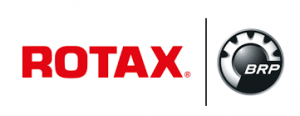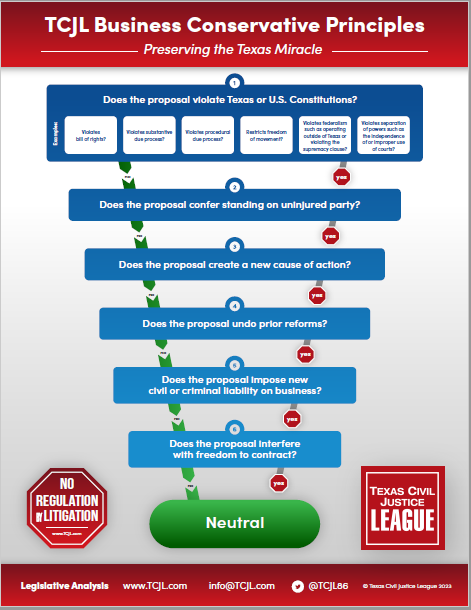 Yesterday TCJL filed an amicus curiae brief with the Texas Supreme Court in support of an Austrian aircraft-engine manufacturer’s petition for review.
Yesterday TCJL filed an amicus curiae brief with the Texas Supreme Court in support of an Austrian aircraft-engine manufacturer’s petition for review.
The case, BRP-Rotax GMBH & Co. KG v. Sheema Shaik and Touseef Siddiqui (No. 23-0756), arose from the crash of Piper aircraft when an engine manufactured by the company, based in Austria, allegedly suffered catastrophic power failure. The crash severely injured Plaintiff Sheema Shaik as her husband Touseef looked on. Plaintiffs sued BRP-Rotax, as well as the distributor of the engine, a Bahamian company called Kodiak, the installer, and others. BRP-Rotax filed a special appearance, arguing that Texas did not have jurisdiction over the company because it had no contacts with Texas. The trial court denied the special appearance. BRP-Rotax appealed to the Dallas Court of Appeals, which affirmed. The company is now seeking SCOTX review.
TCJL’s brief argues that the court of appeals’ opinion abrogates the “stream-of-commerce-plus” test established by SCOTX in State of Texas v. Volkswagen Aktiengesellshaft, 669 S.W.3d 399 (Tex. 2023), LG Chem America, Inc. and LG Chem, Ltd. V. Tommy Morgan, 670 S.W.3d 341 (Tex. 2023), and other cases. Specifically, we analyze Justice Devine’s majority opinion in Volkswagen, which held that Texas had jurisdiction over VW Germany by virtue of the direct control VW Germany exercised over its American subsidiary, VW America, and individual dealerships in Texas. As we illustrate in the brief, the only thing these cases have in common is that both VW and BRP-Rotax are foreign manufacturers. Whereas VW Germany intentionally targeted 23,000 Texas vehicles (and hundreds of thousands nationwide) for recall to install a fraudulent software download that fooled emissions testing, BRP-Rotax distributes engines manufactured in Austria to the international market through a limited number distributors located worldwide. A single distributor, a Bahamian company, covers the entire United States and Central America. BRP-Rotax exercises no control over the distributor or the independent service centers, which are approved by the distributor, not BRP-Rotax. In short, BRP-Rotax’s alleged activities in Texas fall far short of the deliberate intention to target the Texas market required by SCOTX in Volkswagen and LG Chem.
As we argue in our brief,
Unlike VW Germany’s knowledge of the 23,000 VWs subject to the recall that were located in Texas, BRP-Rotax does not know how many engines are in Texas, but only that 150 were registered to Texas addresses between 2016 and 2020. All 150 of those engines were bought somewhere other than Texas. The court of appeals seems to recognize that this number does not appear very impressive, reasoning that since “a consumer had to self-register the engine . . . it was possible that more engines were purchased by Texas residents but not registered.” This reasoning borders on speciousness. The fact that the engines were registered in Texas does not tell us where the actually ended up, where and when they were purchased, or whether a “registrant” can automatically be assumed to reside in Texas. Even if all 150 registrants were Texas residents, however, a five-year snapshot does not tell us very much, if anything at all, about whether BRP-Rotax “intentionally reached into this market,” as this Court determined that VW Germany had in its fraudulent recall scheme.
Then there is the court of appeals’ peculiar manipulation of BRP-Rotax’s sales history. According to its website, the company has sold more than 175,000 aircraft engines in the last 40 years for the lightsport and ultralight aircraft industry. The court of appeals stated that 50,000 of these were the type involved in this case (the 912/914 series), an engine that went on the market in 1989.[1] The engine in question has thus been on the market for 35 years. The court of appeals further asserted that an average of 1,000 of these engines are manufactured each year, which only makes sense if the court added 15 years to the date sales actually commenced and divided 50,000 by 50. This “fact” is plainly erroneous. BRP-Rotax actually hit the 50,000-engine mark in 2014, making the “average” 2,000 per year between 1989 and 2014, not the 1,000 guessed at by the court of appeals. Perhaps more to the point, as any undergraduate in business school knows, sales growth is generally linear or exponential, but either way it is highly likely that sales of the engine for the most part increased year-over-year after 1989 and that by the time 2016 rolled around, BRP-Rotax was selling far more than 2,000 units per year. We should also consider that the 912 was not certified as compliant with the technical standards established by ASTM International until 2005, which can be safely assumed to have had a positive impact on sales after that date. By this reckoning, the alleged 150 registrations over the five-year period is looking less impressive all the time.
What is even less plausible is the Respondents’ claim that Texas’s share of the global market for the 912 engine is in the range of 7-10%. Even if one takes the court of appeals’ figures at face value, the 150 registered engines constitute about 0.003% of total global production between 1989 and 2014. Assuming that a lot more engines have been sold in the past 10 years, that number pales into utter insignificance. Whatever the true figure is, it not only fails to constitute a “stream” of commerce to Texas but does not rise even to the level of a “dribble.”
The Court has scheduled oral argument on December 4.
[1] https://www.rotax.com/detail/id-40-years-of-rotax-aircraft-engines-152.html (last accessed on October 7, 2024).
TCJL Research Intern Geneva Cline contributed significant research and issue analysis for this brief.












